How often do you save your ab training for the end of the workout? Are you currently dealing with a bad back and exercises like bent over rows, planks and pull-ups seem to irritate your lower back? If you answered yes to either one or both of those questions, I need you to pay close attention to what I am going to teach in today’s post.
If you’re not training abs first thing before you start exercising you could be setting yourself up for a world of pain (literally). I show you WHY this simple switch can revolutionize your workouts and pain-free training.
“Should I train abs before my workout or after?”
Yes, you should ALWAYS train your abs first thing before you start working out.
2 Reasons you should always traing your core first
1 – Whatever you do last improves the least
It goes without saying if your core is more conditioned and trained intentionally you will feel stronger and more stable overall. The problem with more traditional style training programs is that typically the core focus comes at the end. It’s kind of like the icing on the cake instead of being the cake itself.
Skip the icing and go for the cake!
If you’re like most people in the gym, your workout lasts anywhere between 45 minutes to an hour and a half. I don’t know about you but by the time I am finishing up a good workout I want to pack my stuff and head home to be with my family. The last thing I am thinking about is getting on the floor and being intentional about my core.
Which is why it is paramount to add your ab workout to the beginning of the workout instead of the end. This will ensure a high energy focus and commitment to following the exercises correctly and staying engaged with what you’re doing.
2 – Your Brace is Primed for Exercise
By training the abs first and putting the trunk through some basic drills you have theoretically made the trunk hyper-aware of what you’re doing. This helps a lot when doing major barbell or dumbbell exercises. Again, you want the brain to feel safe while you train. The better that mind-body connection is the more stable and protected you will be during these exercises.
Think of it like this. Take your bicep right now and give it a good flex.
How did it feel? Was it the best bicep muscle contraction you have ever had?
Now, grab a dumbbell and really focus on contracting the bicep and recruiting as much of the muscle as you can as you work through a few sets of 8-10 reps. At the end of that little experiment, go ahead and contract the bicep again. You should feel you have more recruitment and focus on that contraction then you did when you first tried it cold.
This concept carries over to the abs when training them for a bad back. The better the mind-body connection is with that muscle the more focus and muscle recruitment you will get when it’s working.
This gives you a far better support structure for the spine throughout your workout!
BONUS: What are the best ab exercises to do first for a bad back?
I thought you would never ask.
Here are 3 of my go-to bad back friendly core exercises that I will typically start my workout off with.
Key history you should know: I have a ruptured L5-S1 disc with no surgery or pain meds + Free from 8+ years of chronic pain using these strategies)
#1 Bridge Marches
Muscle Group Worked: Core and Lower Back (along with a little hammy too)
The set up:
Lay flat on your back with your heels a few inches from your butt.
Drive through your heels, squeeze your butt and tilt your pelvis back (posterior tilt) just a bit to insure you’re not lifting through your lower back.
The Movement:
Once you’re in the bridge position make sure your core is braced, hips are level, and lower back is as relaxed as possible. When ready, slowly begin to lift one knee towards your chest and stop when your hip creates a 90-degree angle. Slowly return the leg back to the bottom position then repeat the movement with the other leg.
#2 Stability Ball Roll Outs
Muscle Group Worked: Back and Core
The set up: Video Demonstration Here
Place a folded-up towel on the ground and stand on your knees using the towel to separate you from the floor. You will definitely want to do this for the sake of your knees! While on your knees, bring a stability ball a few inches from your body and put your outstretched hands onto the ball.
The Movement:
With your outstretched hands on the ball (make sure your arms are straight with very little bend in them). Start to allow the ball to roll away from you as you tilt your body towards the ball. This is very similar to one of the ab wheel roll outs. You will roll out as far as you can while maintaining a solid core contraction and neutral pelvis. To bring yourself back to the starting point think about dragging your hands towards your knees while really giving it a good core contraction. This should initiate the ball rolling back towards your body.
What to look for:
So, the key to this exercise is to hinge at the knees. So, from your knees to the top of your head you want to be in a straight line and as you initiate the movement you’re only leaning out towards the ball as it rolls slowly away from you. This takes a little practice but make sure you stay out of lower back extension when doing this exercise. You typically see peoples lower back droop when trying to come back to the starting position. This usually means the core is NOT staying contracted and/or they are letting the ball go too far away from them. Start in small movements and add depth as you improve!
#3 Side Plank
Muscle Group Worked: Back and Core
The set up:
The plank is a house hold name so I am confident you have seen one before. I do want to point out a few things and make sure you know you have options as far as modifications. For this exercise we will be doing the full side plank. Start by lying flat on your side with your legs scissored about 2-3 feet away from each other. Prop your upper body up spreading the weight over your elbow, forearm and hand (make sure this is an even weight distribution).
The Movement:
When ready slowly brace the trunk and lift the body into the plank position. Hold this and slowly breath. Hold it for the desired amount of time and return back to the resting position.
What to look for:
When resting keep the segment of the body from your head to your hips in a straight line. So, you don’t want to be sagging in the middle while you wait to get into the full plank position. People with sensitive lower backs will often complain of pain in this waiting position. So be mindful and make sure you’re not doing anything to trigger any discomfort.
Question: Do you train your abs FIRST or LAST in your workout? Let me know below!
Thanks for reading!
William
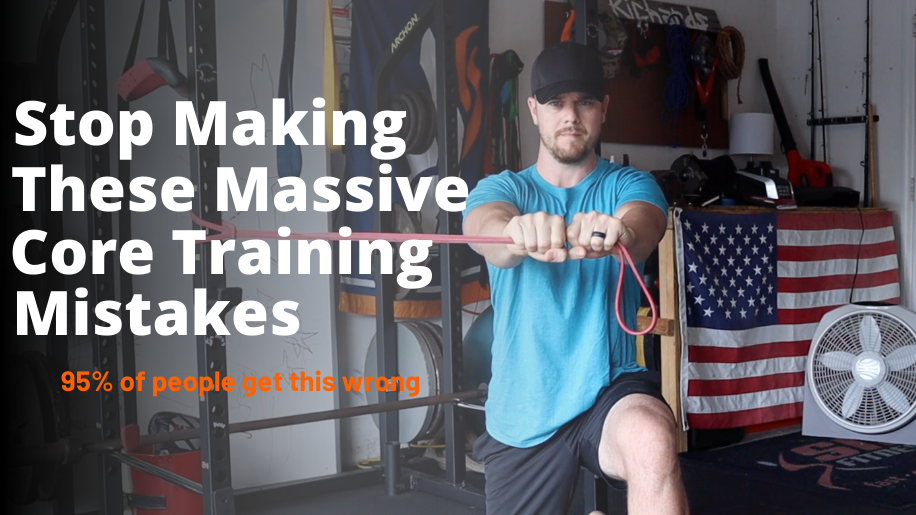
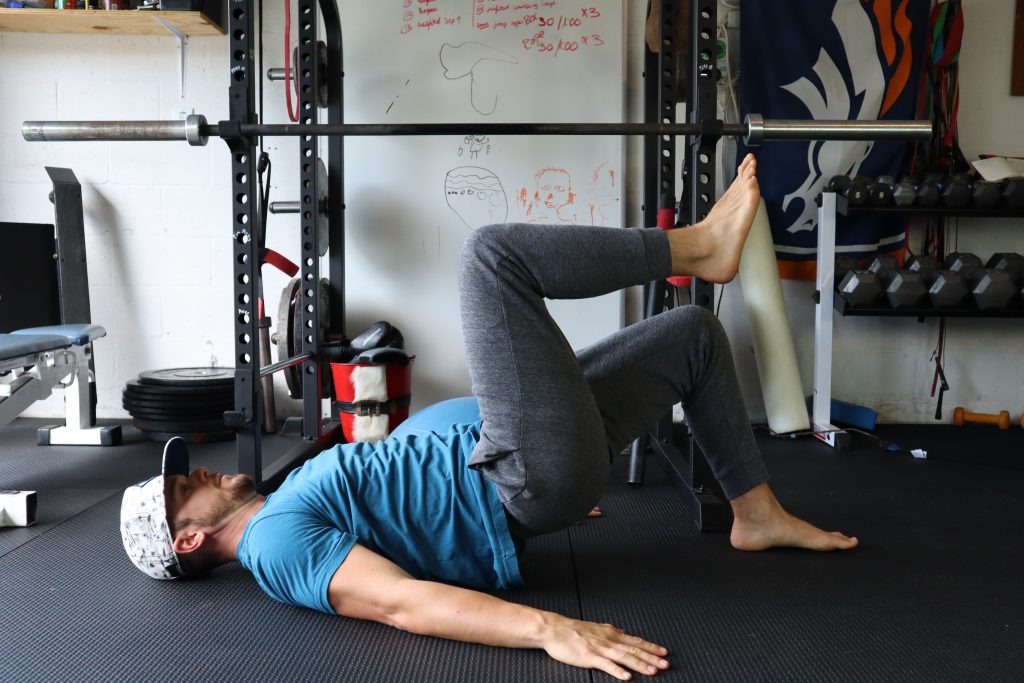
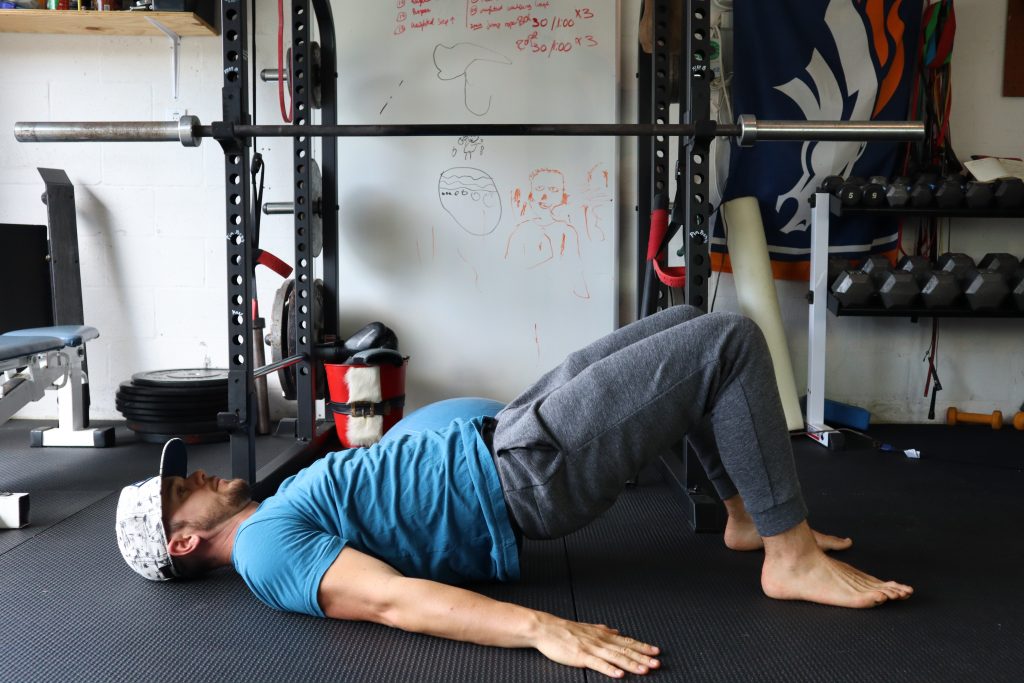
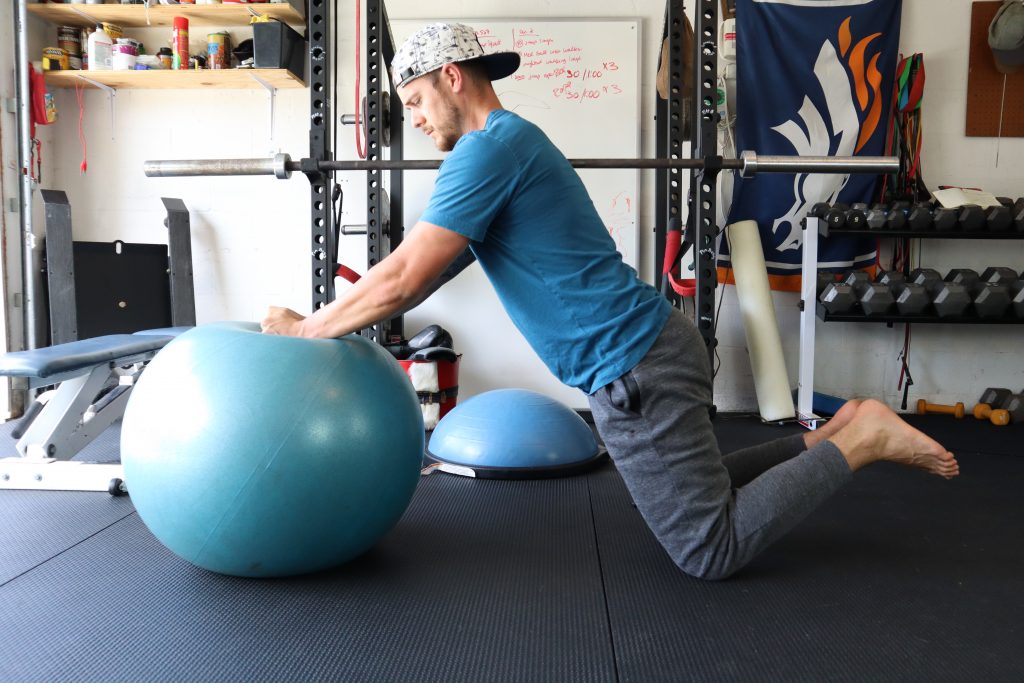
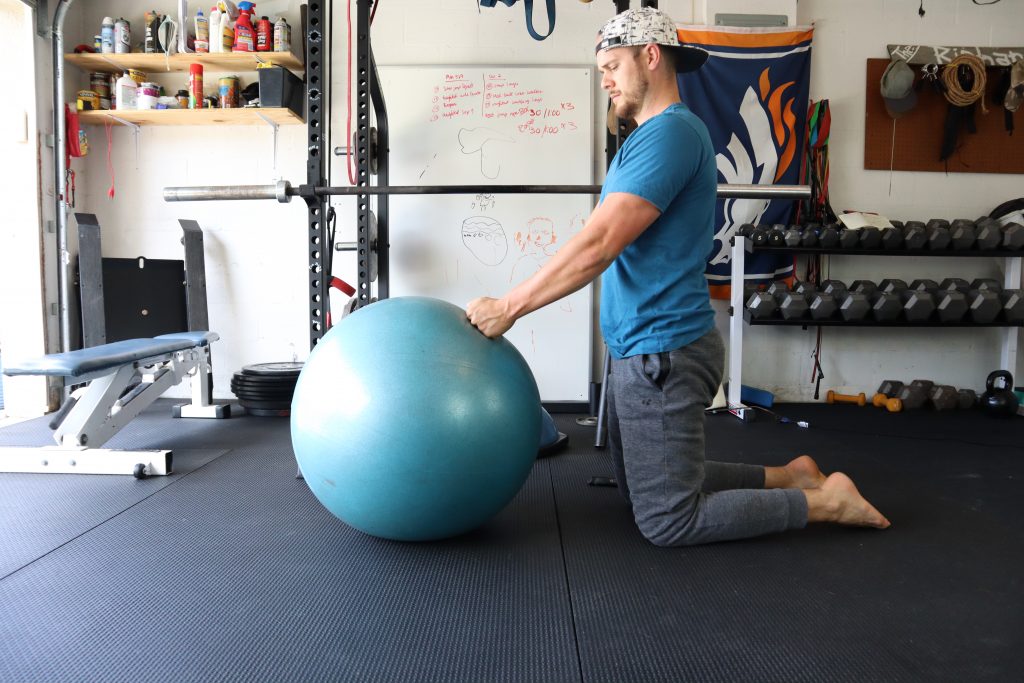
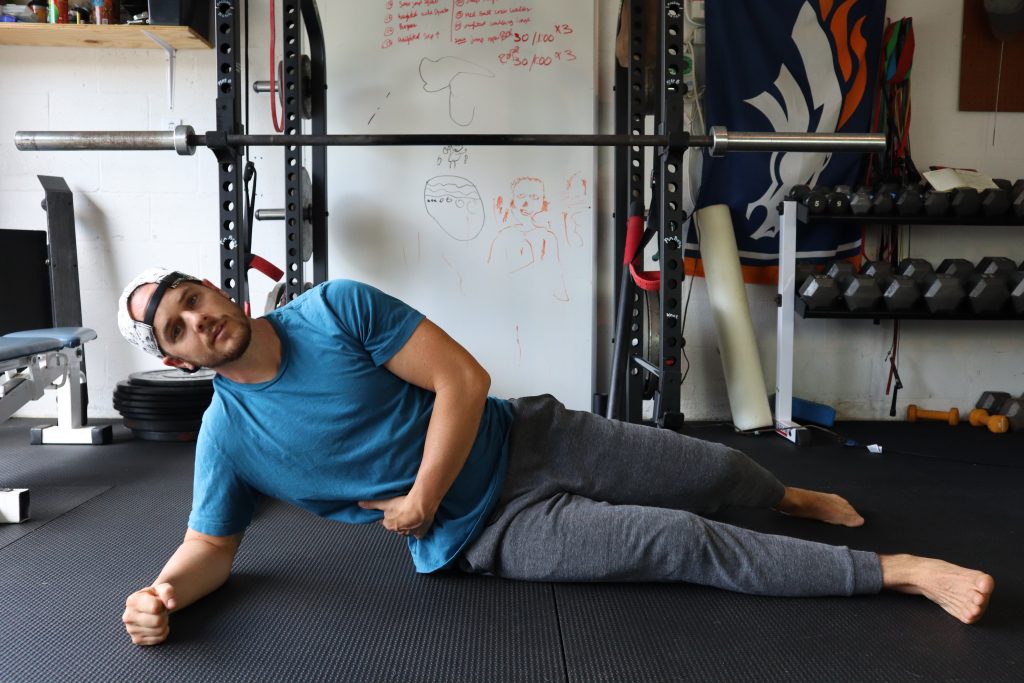
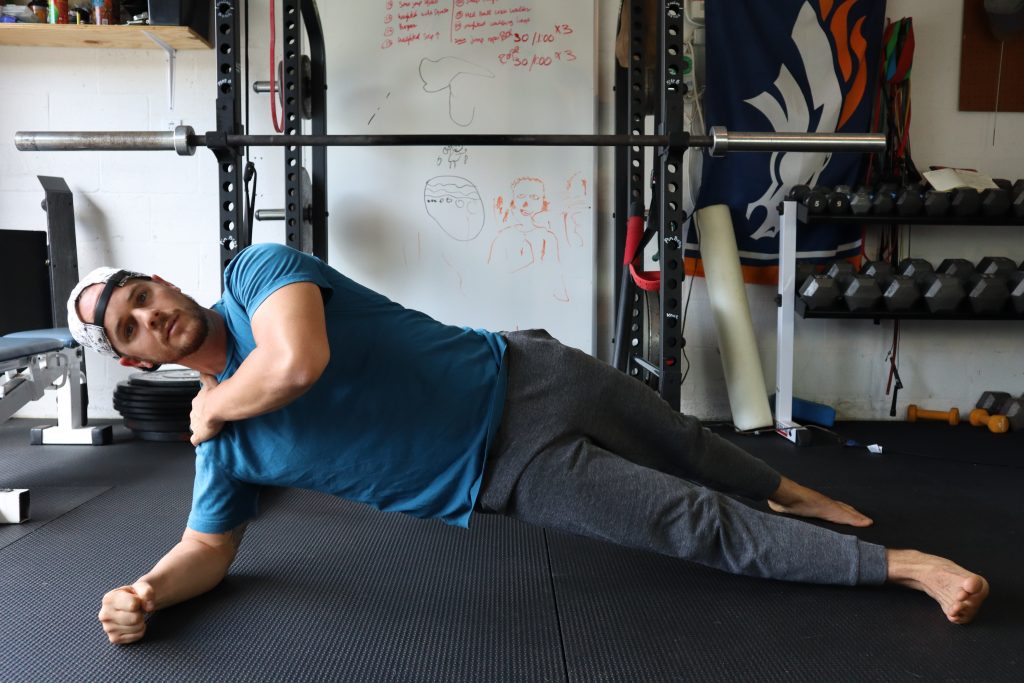

Hey, very nice blog. I came across this on Google, and I am stoked that I did. I will definitely be coming back here more often. Wish I could add to the conversation and bring a bit more to the table, but am just taking in as much info as I can at the moment. Thanks for sharing.
how exercise affects the body
Thanks for checking it out!